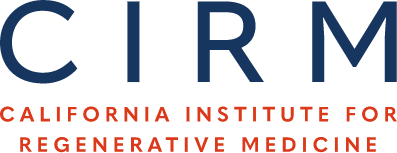Generation of Pluripotent Cell Lines from Human Embryos
Grant Award Details
Grant Type:
Grant Number:
RL1-00636
Investigator(s):
Disease Focus:
Human Stem Cell Use:
Cell Line Generation:
Award Value:
$1,167,416
Status:
Closed
Progress Reports
Reporting Period:
Year 1
Reporting Period:
Year 2
Reporting Period:
Year 3
Reporting Period:
NCE
Grant Application Details
Application Title:
Generation of Pluripotent Cell Lines from Human Embryos
Public Abstract:
Human embryonic stem cells (hESCs) hold significant promise for regenerative medicine. In this application our goal is to derive hESC lines from pre-implantation embryos to generate a source of low passage lines that can be used in research and to develop the procedures required to generate a clinic grade cell-based product. In this application we will develop the procedures for deriving, expanding and banking using current good manufacturing practices (cGMP), which are necessary for producing a clinic grade line. We aim to do this using chemically defined media and surfaces in consultation with the Director of Regulatory Compliance at our Institution. Secondly, we aim to derive hESC lines from embryos that have genetic disorders. These genetic aberrations are identified following pre implantation genetic diagnosis (PGD) or pre implantation genetic screening (PGS) of consented embryos from couples undergoing in vitro fertilization (IVF). Deriving hESC lines from these embryos will be essential for understanding the underlying causes of spontaneous miscarriage, or as a tool to improve the quality of life of individuals born with these chromosomal abnormalities including Trisomy 21 (Down Syndrome), or Monosomy X (Turner Syndrome).
Statement of Benefit to California:
Human embryonic stem cells could revolutionize modern medicine if used in cell-based therapies. However, the translational use of hESCs will not be realized unless an appropriate repository of low passage cells is derived and made available. This resource will solidify California as a recognized world leader in ESC research through the generation of a centralized and comprehensive resource of hESC lines and the creation of jobs to support this effort, and validate the decision of California voters who ensured the passage of Proposition 71. Our proposal works toward generating lines that make treatment strategies from hESCs one-step closer.
Publications
- Hum Mol Genet (2011): Derivation of new human embryonic stem cell lines reveals rapid epigenetic progression in vitro that can be prevented by chemical modification of chromatin. (PubMed: 22058289)
- Stem Cells (2010): Human embryonic stem cells as models for aneuploid chromosomal syndromes. (PubMed: 20641042)
- Lab Chip (2010): Microfluidic image cytometry for quantitative single-cell profiling of human pluripotent stem cells in chemically defined conditions. (PubMed: 20390128)
- Stem Cells Transl Med (2012): From skin biopsy to neurons through a pluripotent intermediate under good manufacturing practice protocols. (PubMed: 23197638)



